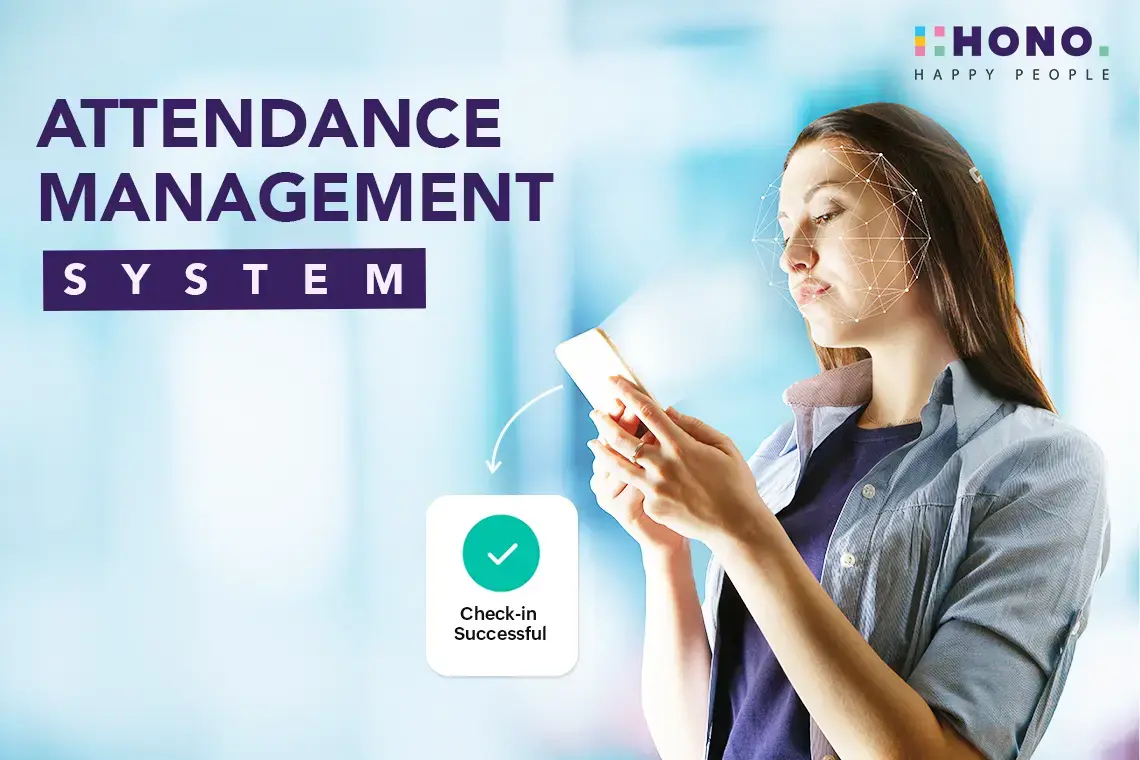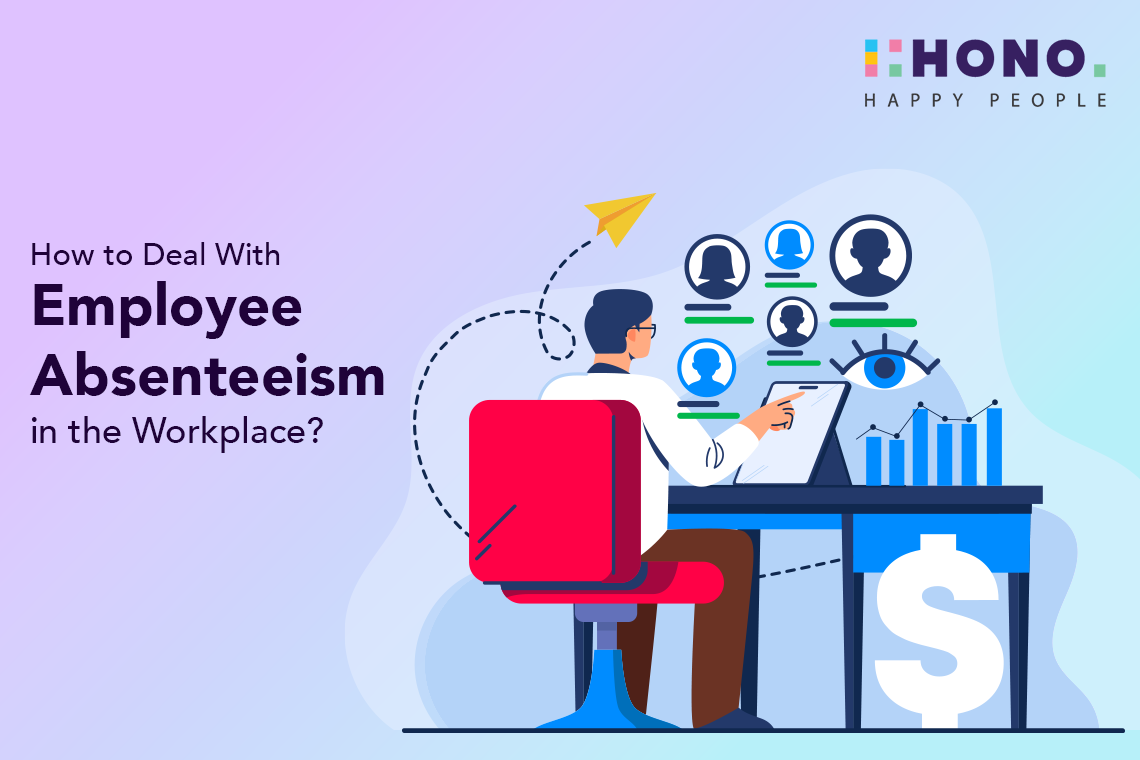The management of employee attendance and leave is no longer a luxury, but a necessity in today's dynamic business environment. HR departments are juggling a multitude of responsibilities, so streamlined solutions have become increasingly important. Enter the world of attendance and leave management. As businesses around the world contemplate whether to move to the cloud or to remain grounded with on-premise solutions, this debate has gained attention. In this comprehensive guide, we explore the differences between cloud-based and on-premise systems for attendance and leave management. The purpose of this article is to serve as a guide for enterprises still confused about how to manage attendance and leave" or those considering a change. Let's begin on this journey together, unraveling the complexities and simplifying the options.
Cloud-Based vs. On-Premise: Which Attendance and Leave Management Software Is Right for You?
10 mins

Understanding Attendance and Leave Management Software
In the bustling world of HR, one might wonder why there's such a spotlight on attendance and leave management. To put it succinctly, attendance and leave management is the unsung hero of operational efficiency. But what exactly does this mean?
Related: How to Choose the Right Leave and Attendance Management System
1. What is Attendance and Leave Management Software?
At its core, attendance and leave management software serves as an automated guardian of time and resource allocation. This digital tool tracks and manages employee attendance, schedules, leave requests, and more, ensuring a seamless balance between workforce availability and operational demands. Gone are the days of manual registers and endless paper trails. In their place, these software solutions offer real-time data, analytics, and invaluable insights into workforce dynamics.
2. Importance of Efficient Attendance and Leave Management
An efficient system does more than just record punches or approve vacation days. It bolsters productivity by minimizing absenteeism and tardiness, supports HR in aligning staffing needs with business objectives, and provides employees transparency and control over their work schedules and leave balances. Further, with the right software, businesses can stay compliant with labor laws, avoid potential legal pitfalls, and ensure a harmonious and fair work environment. The crux? Attendance and leave management isn't just a facet of HR—it's a strategic asset, driving performance, engagement, and success in the modern workplace.
Don't Miss: Using Primitive Attendance Systems For Your Millennial Workforce?
3. Exploring Cloud based Attendance and Leave Management Software
The digital revolution has transformed many facets of business operations, and HR is no exception. Among the wave of advancements is the emergence of cloud-based attendance and leave management Systems But why has it gained such traction, and what are its inherent benefits and considerations?
Advantages of Cloud-Based Solutions
Cloud-based software, often referred to as Software as a Service (SaaS), has ushered in a new era of HR management capabilities. Here's why many businesses are migrating to the cloud:
- Accessibility and Remote Work
With today's interconnected landscape, businesses have moved beyond just physical offices. Cloud-based tools ensure services are available at any time and place. Employees, whether they're at home, in a café, or continents away, can seamlessly mark attendance, request leaves, and see their schedules. This kind of accessibility nurtures an environment of trust and flexibility, vital in modern remote and hybrid work scenarios.
- Scalability and Flexibility
Growth is an aspiration for most businesses, and with growth comes changing needs. Cloud solutions shine in their ability to scale effortlessly. Whether you're a startup with a lean team or an enterprise with thousands of employees, cloud-based attendance and leave management software can adapt and expand in tandem with your organization's growth, without the need for extensive modifications or overhauls.
- Automatic Updates and Maintenance
Remember those cumbersome manual software updates that would disrupt operations? With cloud-based systems, those days are behind us. These platforms receive automatic updates, ensuring that businesses always have access to the latest features, bug fixes, and security patches, without operational hiccups.
- Considerations when Choosing Cloud-Based Software
Although cloud solutions offer a variety of benefits, they do have a number of considerations associated with them. Several considerations should be kept in mind by businesses:
- Data Security and Privacy
Cloud platforms store data off-site, often in large data centers managed by third parties. This raises pertinent questions about data security, integrity, and privacy. It's imperative to choose a provider with robust security measures, encryption, and compliance certifications to safeguard sensitive HR data.
- Integration Capabilities
In the domain of HR, a multitude of tools may be in play – from payroll systems to performance management platforms. The capability of cloud-based attendance and leave management software to integrate seamlessly with these tools is crucial. This ensures data consistency, optimizes workflows, and amplifies the efficiency of HR operations.
- Cost Analysis and Pricing Models
While cloud solutions often have lower upfront costs compared to on-premise systems, they typically come with subscription-based pricing models. It's essential for businesses to evaluate the long-term costs, understand the pricing tiers, and consider factors like additional user charges or premium features to ascertain the true value and return on investment.
Also Read: Efficient, Quiet & Multiple Check-ins with AI-powered Facial Recognition
4. Exploring On-Premise Attendance and Leave Management Software
While cloud-based software has surged in popularity, on-premise solutions still have a solid standing in the business world. On-premise systems, as the name suggests, are housed within an organization's own facilities, often requiring dedicated servers and infrastructure. But why do some businesses still gravitate towards these systems? Let's deep dive into the advantages and considerations of on-premise attendance and leave management software.
Advantages of On-Premise Solutions
1. Data Control and Security
One of the primary benefits of on-premise solutions is the unparalleled data control they offer. All data resides within the company's own infrastructure, ensuring that businesses have full visibility and authority over their information. This often translates to heightened security, as companies can deploy bespoke security measures and protocols tailored to their unique requirements and risk profiles.
2. Customization and Control
On-premise software offers a flexibility that's hard to match. Businesses can customize the software to their heart's content, modifying features, interfaces, and integrations to fit their precise operational needs. This level of control ensures that the software can evolve in tandem with the company's growth and changing requirements.
3. Compliance and Regulatory Benefits
Certain industries operate under stringent regulatory frameworks which dictate how and where data can be stored. For businesses in such sectors, on-premise solutions can offer a clear path to compliance. With data housed internally, it becomes significantly more straightforward to meet specific regulatory standards and conduct requisite audits.
Factors to Consider for On-Premise Software
1. Initial Investment and Infrastructure
On-premise systems often come with a hefty upfront cost. From procuring the necessary hardware to licensing the software, the initial investment can be considerable. Additionally, the need for dedicated infrastructure – servers, backup systems, cooling solutions – can further escalate costs.
2. Maintenance and Updates
Unlike cloud solutions, where updates are automatic, on-premise software necessitates manual maintenance and updates. This can sometimes disrupt operations and also places the onus of ensuring timely updates squarely on the company's IT team, which might require additional resources and expertise.
3. Remote Access and Mobile Functionality
In the age of remote work, the ability to access systems from anywhere is invaluable. On-premise solutions, by design, are housed within a company's facilities. While remote access is possible, it often requires additional setups like VPNs and can sometimes present challenges in terms of speed and functionality on mobile devices.
5. Key Differences and Similarities
When navigating the landscape of attendance and leave management systems, it's essential to discern the differences and similarities between cloud-based and on-premise solutions. While both are designed to optimize HR operations, they cater to different needs, operational models, and preferences.
Differences:
Deployment: Cloud solutions are hosted on the provider's servers and accessed online, while on-premise solutions require local installation and maintenance.
Accessibility: Cloud systems typically enable easy access from any device, anywhere, whereas on-premise solutions might require additional setups for remote access.
Cost Structure: On-premise systems involve significant upfront costs, while cloud solutions often follow a subscription-based pricing model.
Similarities:
Core Functionality: Both types aim to streamline attendance and leave management.
Integration Potential: Each can integrate with other HR tools, although the ease might vary.
Security: Both systems prioritize data security, though the approaches and responsibilities differ.
6.Making the Decision: Cloud-Based or On-Premise?
Choosing between cloud and on-premise solutions isn't a black-and-white decision; it hinges on your business's unique context.
- Assessing Your Business Needs and Requirements
Firstly, outline your operational needs. Does your workforce operate remotely? Is there a need for frequent scalability? Answering such questions can guide your choice.
- Considering Budgetary Constraints
For businesses with limited capital, the hefty upfront costs of on-premise solutions might be prohibitive. In contrast, a subscription-based model of cloud solutions might be more manageable.
- Evaluating Technical Expertise and Resources
On-premise solutions require a dedicated IT team for maintenance and updates. Cloud solutions, being provider-managed, alleviate this need but still require some oversight.
7.Future Trends in Attendance and Leave Management Software
The world of attendance and leave management is ever-evolving. With AI and machine learning on the horizon, software solutions are poised to offer predictive analytics, automation, and personalized user experiences. Additionally, with the rise of the gig economy, flexible attendance models that cater to freelancers and part-time workers will gain prominence.
Ultimately, the tools we utilize in today's fast-paced digital era play an important role in the efficiency and productivity of our businesses. Attendance and leave management systems are no exception. The purpose of these systems, whether they are cloud-based or on-premises, is to provide HR with an orderly, transparent, and efficient process.
It is the unparalleled accessibility and scalability of cloud-based platforms that make them ideal solutions for businesses that prioritize flexibility, and remote work or are in growth phases. The subscription-based nature of their services and the fact that they require less on-site technical expertise can make them appealing to small and medium-sized businesses as well as startups.
However, on-premise platforms allow businesses to have direct control over their data and infrastructure, enhancing their sense of data control. The benefits of this feature are particularly important for companies operating within sectors that are governed by strict data regulations or offer a high level of customization.
The decision between these two options comes down to aligning your organization's goals, financial strategy, and technical capabilities. An in-depth analysis of the pros and cons of each platform, coupled with a clear understanding of your organization's needs, can lead to a decision that not only meets current needs but also positions the organization for future success.
HONO's Next-Gen Leave & Attendance Management System is a cloud-based software that uses conversational technology to automate and simplify leave and attendance management for businesses of all sizes. The system offers a number of benefits for both employees and managers, including real-time tracking of employee attendance and leave balances, automated approval workflows for leave requests, customizable policies based on regions, shifts, or teams, GPS and geo-fencing for employee location verification, AI-generated system nudges for timely attendance, and access to all features directly through WhatsApp or voice commands.
The system is easy to use, scalable, secure, compliant with all relevant regulations, and offers an expert Demo.
.png?width=70&height=70&name=Team%20HONO%20logo-01%20(1).png)
Team HONO






.webp)
.jpg)
-1.webp)